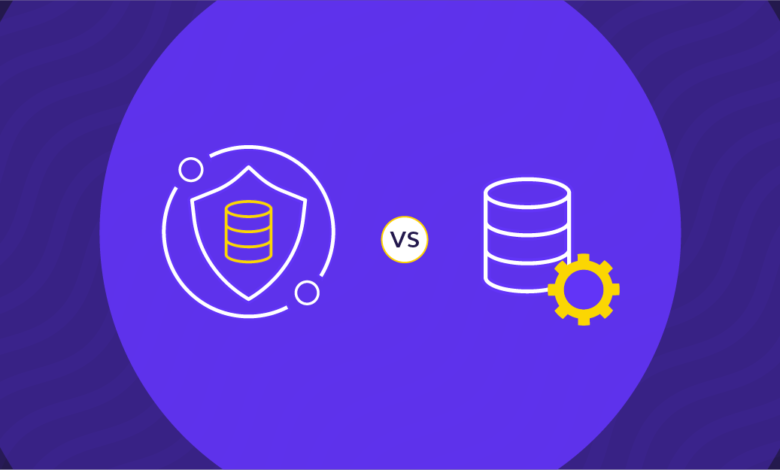How to Create a Data Governance Policy for Your Organization

In today’s data-driven world, organizations face the challenge of managing vast amounts of information. Whether it’s customer data, financial records, or sensitive business intelligence, managing this data properly is essential for ensuring its accuracy, security, and compliance. One way to manage these responsibilities effectively is by establishing a strong data governance policy. A solid data governance framework not only ensures that data is reliable and accessible but also helps avoid risks such as data breaches or non-compliance with legal requirements. In this article, we’ll walk you through the process of creating a comprehensive data governance policy tailored for your organization.
Understanding Data Governance
Before jumping into the creation of a policy, it’s important to understand what data governance entails. Simply put, data governance refers to the management of data throughout its lifecycle, ensuring that data is accurate, accessible, secure, and used appropriately. It involves setting standards and policies that govern the collection, storage, and sharing of data within an organization. A clear data governance policy provides a structure that helps everyone in the organization understand their roles and responsibilities when handling data.
See also: Integrating Technology into Office Workstations for Better Productivity
Identify Your Organization’s Data Needs
To create a data governance policy that works, you first need to identify the specific needs of your organization. Consider the types of data you deal with daily and the regulations that apply to it. For example, healthcare organizations must comply with regulations such as HIPAA, which requires strict control over personal health information. On the other hand, a retail company might focus more on customer data and purchasing trends. By understanding what data you handle and the legal and operational requirements tied to it, you can tailor your policy accordingly.
Define Roles and Responsibilities
One of the most important aspects of a successful data governance policy is assigning clear roles and responsibilities. Everyone in the organization must understand their part in maintaining data integrity. For example, data stewards may be responsible for ensuring data quality, while data owners oversee the overall accessibility and usability of the data. It’s also crucial to designate a Chief Data Officer (CDO) or a similar role who will have the final say on data management practices. Clear role definitions help avoid confusion and ensure that all aspects of data governance are covered.
Establish Data Quality Standards
A data governance policy should include guidelines for maintaining high data quality. This includes ensuring that data is accurate, complete, consistent, and timely. You’ll want to set up a system for monitoring data quality and addressing issues such as outdated information or incomplete records. This could involve regular audits and feedback mechanisms to ensure that data management practices are continually improving. Establishing these standards helps maintain the trustworthiness of the data you rely on to make important decisions.
Develop Data Security Protocols
Protecting data from unauthorized access or breaches is one of the primary goals of data governance. A good policy should outline specific security measures, including encryption, access controls, and data classification. For instance, sensitive information should be kept in restricted areas with strong authentication protocols. Furthermore, your policy should ensure that data protection practices align with relevant privacy laws, such as GDPR or CCPA, and incorporate industry best practices. By defining security protocols upfront, you ensure that sensitive information remains protected throughout its lifecycle.
Set Guidelines for Data Accessibility
While data security is critical, data governance also involves ensuring that the right people can access the data they need, when they need it. A key part of your policy should address how to balance security with accessibility. This can be achieved by creating a data access framework, which includes role-based access controls, clear documentation on who can access what data, and transparent processes for requesting additional access. Ensuring that employees have the right access while maintaining security standards is vital to fostering collaboration and making data-driven decisions.
Monitor Compliance and Continuously Improve
A data governance policy is not a one-time document—it should evolve as your organization grows and new technologies or regulations come into play. Ongoing monitoring and auditing are crucial for ensuring compliance with internal policies and external regulations. Regular reviews will help identify areas for improvement and ensure that data governance practices remain effective. It’s also important to establish feedback mechanisms so employees can raise concerns or suggest improvements. This continuous cycle of review and refinement will help your organization stay ahead in the ever-changing data landscape.
Protecting Your Data Right
Creating a data governance policy is a vital step for any organization looking to protect its data and ensure its accuracy, security, and compliance. By understanding your data needs, assigning clear roles and responsibilities, and setting standards for quality, security, and accessibility, you can create a policy that not only protects your organization but also helps it thrive in a data-centric world. Remember, this policy is not set in stone—regular reviews and updates will ensure that it adapts to new challenges and continues to support your organization’s goals. With a solid data governance framework in place, you can confidently manage your data and leverage it to drive success.







